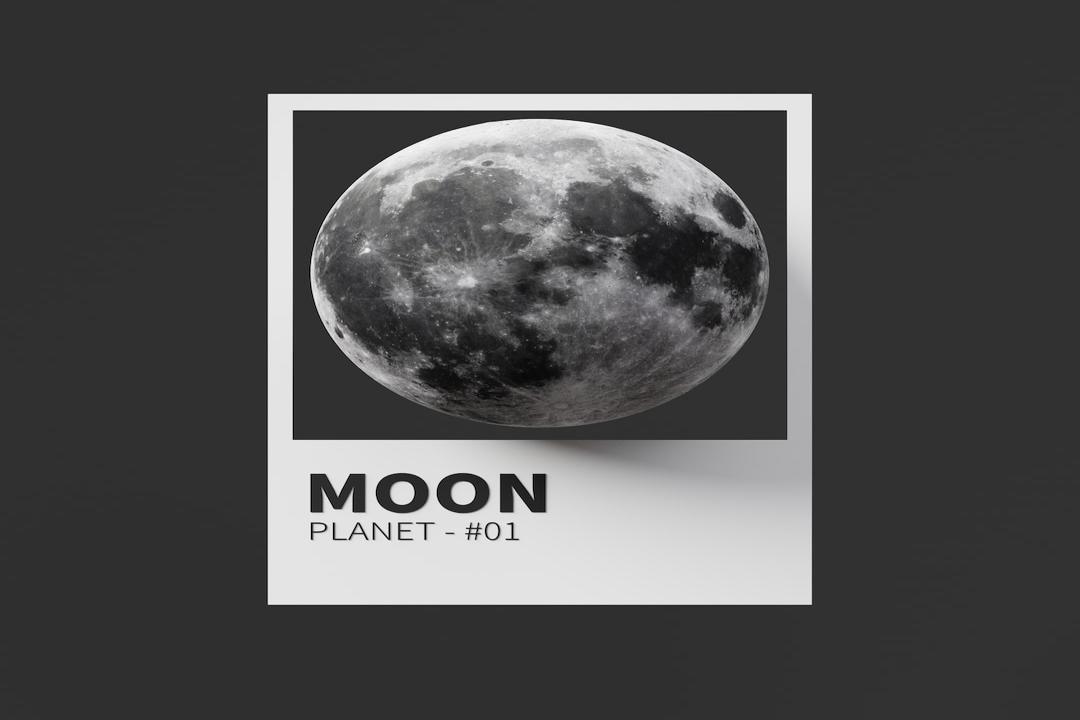Title: Solana’s Layer 2 Solutions: A New Era for the Ecosystem
Introduction:
Solana has always been a vocal critic of Layer 2 solutions. However, some projects within the Solana ecosystem are now building their own Layer 2 solutions, raising questions about the community’s stance. Is Solana becoming what it once despised?
Understanding Solana’s Layer 2:
Before passing judgment, it is essential to differentiate Solana’s Layer 2 from Ethereum’s L2 solutions and understand their distinctions.
Perspectives on Solana’s Layer 2:
Toly, co-founder of Solana, stated that anyone can build Layer 2 solutions on Solana without hindrance from Layer 1. As an engineer, he supports technical advancements and believes that the L2 environment competes with L1. The main difference between ETH and Solana lies in the cost of ordinary tx bytes on Solana L1, which is as cheap as a blob. Since Solana’s costs are driven by hotspots, L2 fees are similar to L1 fees.
However, Kyle, a partner at Multicoin and a major Solana investor, expressed skepticism about Solana’s L2, stating that people can build L2 on Solana without permission. While he does not believe they will achieve meaningful adoption, he remains open to the possibility.
Exploring Solana’s Layer 2 Projects:
Let’s examine the projects that have been developed on Solana’s Layer 2 and what they offer.
Zeta Markets:
Zeta Markets is developing ZX, a Layer 2 solution built on Solana. ZX is an optimistic rollup that aims to enhance the speed and scalability of decentralized transactions by leveraging zero-knowledge proofs (zk-proofs) for trustless on-chain settlements.
Key Features of ZX:
– High throughput: ZX can handle 10,000 transactions per second (TPS), significantly improving transaction performance.
– Low latency: Transaction confirmation time is below 10 milliseconds, comparable to centralized exchanges.
– Seamless trading experience: ZX provides one-click trading functionality, simplifying user operations.
– High leverage options: Supports up to 50x leverage and offers various collateral options.
– Zero-knowledge proofs: Ensures transaction transparency and security through zk-proofs.
– $Z token: The native token of ZX, used as gas fees and incentivizing participants.
Why Build Layer 2 on Solana?
According to Zeta Markets’ litepaper, the reasons for building Layer 2 on Solana include:
– Enhanced transaction performance: While Solana’s Layer 1 already possesses high throughput and low latency, ZX utilizes optimistic rollup and zk-proofs to further improve decentralized trading performance. These technologies achieve near-centralized exchange performance (e.g., 10,000 TPS) while maintaining decentralization and security (Solana L1 has a real TPS of 1000-2000).
– Addressing congestion issues: Solana may face network congestion during high transaction volumes. By offloading some transaction processing to Layer 2, ZX can alleviate the burden on Layer 1, improving overall network efficiency and stability.
– Reduced transaction costs: Despite Solana’s already low transaction fees, ZX’s Layer 2 solution further reduces user transaction costs, especially in high-frequency and large-scale trading scenarios.
– Enhanced user experience: ZX aims to provide a seamless trading experience, including one-click trading and sub-10 millisecond transaction confirmation times. Solana L1 has a block interval of 400 milliseconds, and these improvements bring the user experience closer to that of centralized exchanges while retaining the advantages of decentralized trading, such as self-custody and transparency.
– Ecosystem integration: Solana’s DeFi ecosystem is rapidly growing, and the introduction of ZX will further enhance liquidity and interoperability within this ecosystem. ZX plans to leverage Solana’s low transaction fees and fast block times to expedite the finalization of Rollup blocks, thereby enhancing the user experience.
In summary, Zeta’s Solana Layer 2 solution, ZX, aims to improve decentralized trading performance, reduce transaction costs, enhance the user experience, and address network congestion. These improvements are necessary to meet the growing demands of DeFi and enhance the overall competitiveness of the Solana ecosystem.
Marginfi:
Marginfi, the second-largest lending protocol on Solana, recently introduced its liquidity layer. Is this liquidity layer a conventional Layer 2?
No, it is not. Despite having “layer” in its name, Marginfi’s liquidity layer is not a conventional L2 solution. Instead, it is an integrated liquidity layer protocol designed to provide liquidity support to DeFi applications on Solana.
Key Features of the Liquidity Layer:
– Integrated liquidity layer: Marginfi, as Solana’s first liquidity layer, allows traders to access liquidity without the need for cross-chain bridging.
– Risk management system: Marginfi’s risk management system enables the liquidity layer to manage risks, with each bank defining its risk parameters.
– Multi-asset support: Users can borrow and lend 16 different assets, providing greater flexibility in liquidity management.
– High yield: Users can earn integrated native staking and token rewards, resulting in higher yields.
– Support for decentralized applications: Provides necessary infrastructure for decentralized applications such as trading, indexing, and payments.
Conclusion:
Solana’s Layer 2 solutions have been designed to address common criticisms of Ethereum’s L2 solutions. They offer an excellent user experience, low transaction costs, high security, and fast transaction speeds. These Layer 2 solutions complement Solana’s L1 network and cater to a broader range of needs. The future development of Solana’s Layer 2 solutions remains to be seen, and we eagerly await what lies ahead, just like Kyle.

